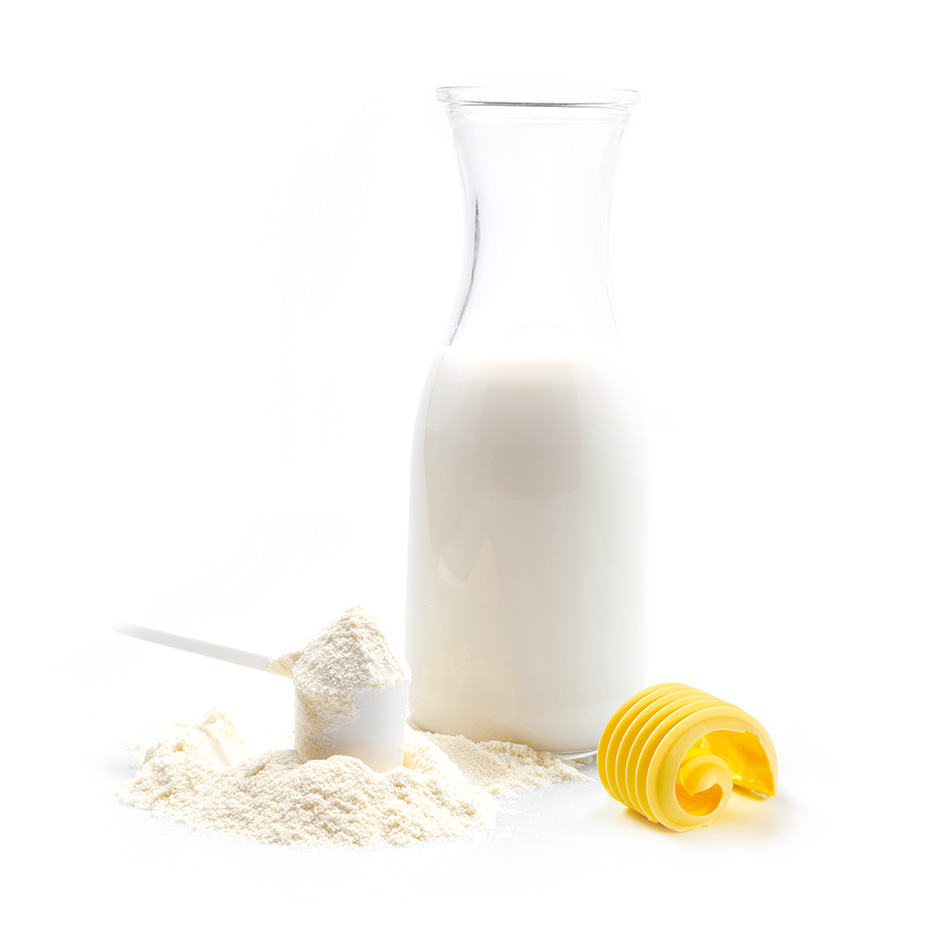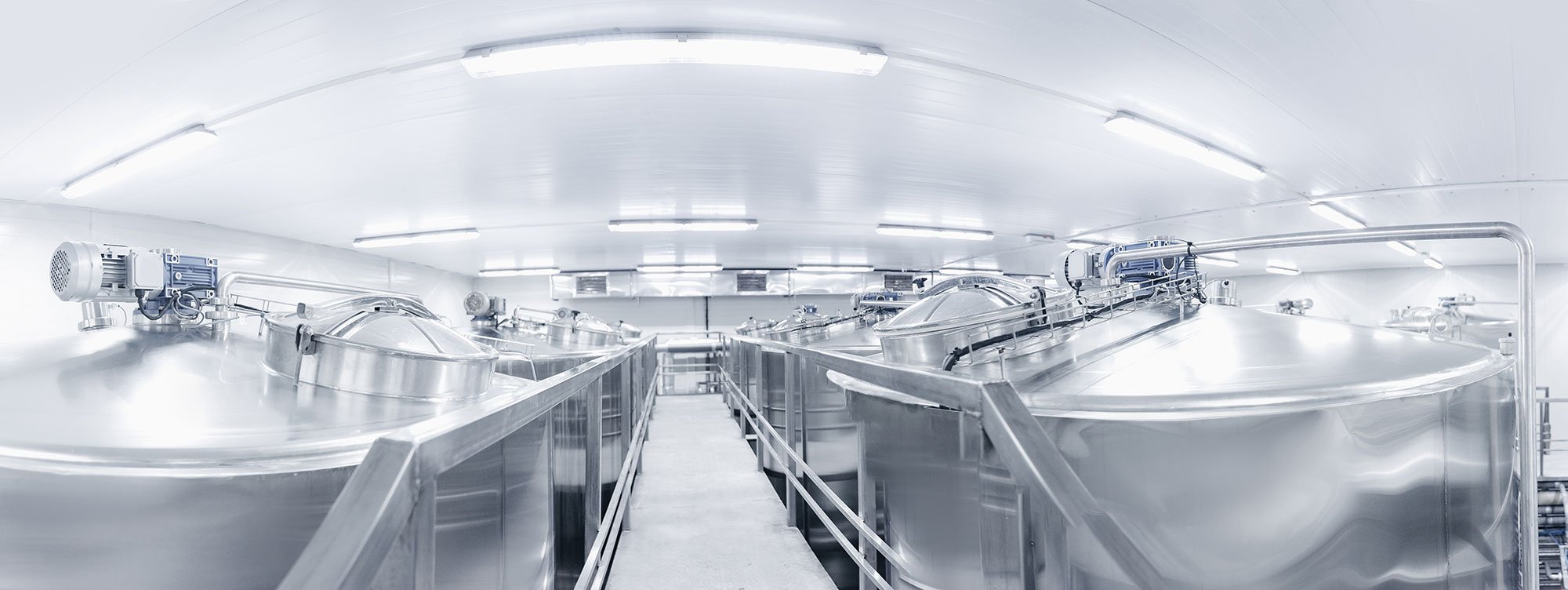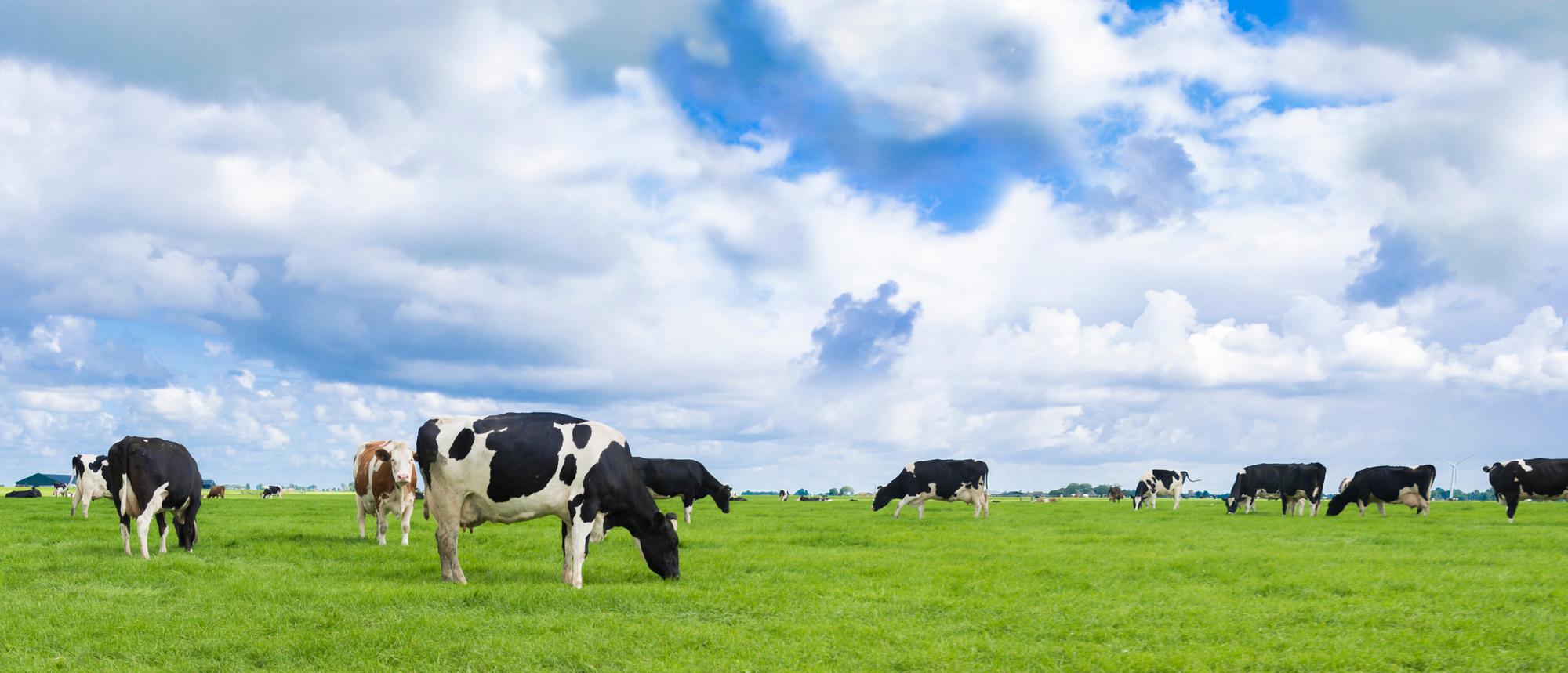for industry
Experts in the dairy ingredients market
The dairy industry is evolving rapidly and in a complex way.
As players in the dairy market, you need experts who will seize market opportunities for you. For you who buy dairy ingredients, we know exactly what your company needs: the right product at the right time and at the best price.
Based on SERVICE, our philosophy is a real value-added we can bring to our clients. In addition to the expertise in the dairy market and product technique we can bring our clients, we have a thorough understanding of the supply chain, are able to offer innovative materials cover and are IFS Broker, Ecocert and OEA certified.
We are on hand as much for our clients as for our dairy partners. We enjoy a real relationship of trust with them which allows us to be ever more reactive. At FIT, we understand the importance of trust.
Welcome to FIT!


